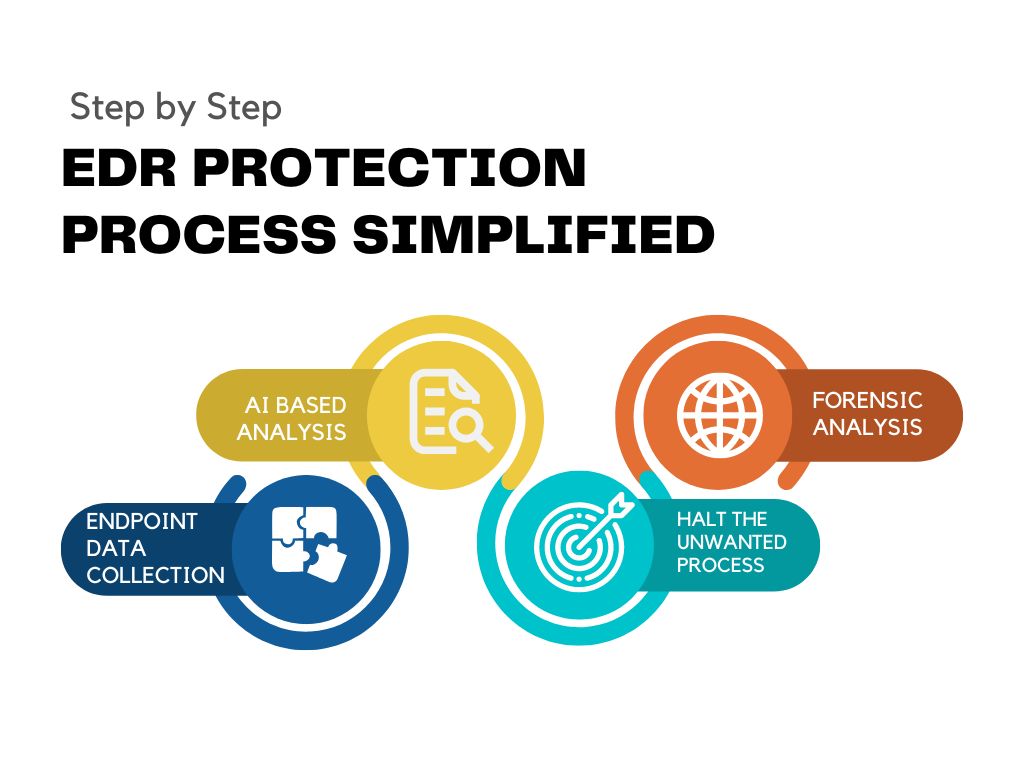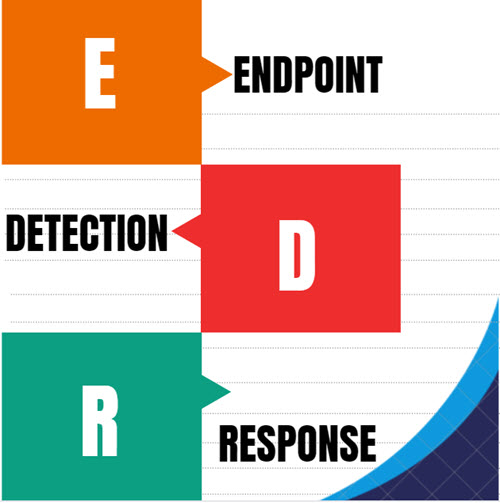Phishing definition
Phishing is a digital assault that utilizations masked email as a weapon. The objective is to fool the email beneficiary into accepting that the message is something they need or need – a solicitation from their bank, for example, or a note from somebody in their organization – and to click a connection or download a connection.
What truly recognizes phishing is the structure the message takes: the assailants take on the appearance of a confided in substance or something to that effect, frequently a genuine or conceivably genuine individual, or an organization the casualty could work with. It’s perhaps the most established sort of cyberattack, tracing all the way back to the 1990s, it’s as yet one of the most boundless and malignant, with phishing messages and procedures turning out to be progressively modern.
“Phish” is articulated very much like it’s spelled, or, in other words like “fish” – the similarity is of a fisher tossing a bedeviled snare out there (the phishing email) and trusting you chomp. The term emerged during the 1990s among programmers intending to fool AOL clients into surrendering their sign-in data. The “ph” is essential for the practice of eccentric programmer spelling and was most likely affected by the expression “phreaking,” another way to say “telephone phreaking,” an early type of hacking that elaborates playing sound tones into phone handsets to get free calls.
Almost 33% of all breaks in the previous year included phishing, as per the 2019 Verizon Data Breach Investigations Report. For digital surveillance attacks, that number leaps to 78%. The most obviously awful phishing news for 2019 is that its culprits are getting a whole lot better at it on account of very much delivered, off-the-rack devices and layouts.
Some phishing tricks have succeeded all around ok to causing ripple effects:
Maybe one of the most important phishing attacks in history occurred in 2016 when programmers figured out how to get Hillary Clinton crusade seat John Podesta to propose his Gmail secret word.
The “fappening” assault, in which cozy photographs of various big names were unveiled, was initially remembered to be a consequence of frailty on Apple’s iCloud servers however was as a matter of fact the result of various effective phishing endeavors.
In 2016, workers at the University of Kansas answered a phishing email and gave over admittance to their check store data, bringing about them losing pay.
What is a phishing pack?
The accessibility of phishing packs makes it simple for cybercriminals, even those with negligible specialized abilities, to send off phishing efforts. A phishing pack groups phishing site assets and instruments that need just be introduced on a server. When introduced, the assailant should simply convey messages to expected casualties. Phishing units as well as mailing records are accessible on the dim web. Two or three destinations, Phishtank and OpenPhish, keep publicly supported arrangements of known phishing packs.
Some phishing units permit aggressors to parody believed brands, expanding the possibilities of somebody tapping on a deceitful connection. Akamai’s examination given in its Phishing- – Baiting the Hook report found 62 unit variations for Microsoft, 14 for PayPal, seven for DHL, and 11 for Dropbox.
[ Figure out how IT can saddle the power and guarantee of 5G in this FREE CIO Roadmap Report. Download now! ]
The Duo Labs report, Phish in a Barrel, incorporates an investigation of phishing unit reuse. Of the 3,200 phishing units that Duo found, 900 (27%) were viewed as on more than one host. That number could really be higher, notwithstanding. “For what reason don’t we see a higher level of unit reuse? Maybe on the grounds that we were estimating in light of the SHA1 hash of the pack substance. A solitary change to only one document in the unit would show up as two separate packs in any event, when they are generally indistinguishable,” said Jordan Wright, a senior R&D engineer at Duo and the report’s creator.
Breaking down phishing packs permits security groups to follow who is utilizing them. “Quite possibly the most valuable things we can gain from investigating phishing packs are in the same place as accreditations being sent. By the following email tends to establish in phishing packs, we can connect entertainers to explicit missions and, surprisingly, explicit units,” said Wright in the report. “It settles the score better. In addition to the fact that we see can where accreditations are sent, however, we additionally see where certifications guarantee to be sent from. Makers of phishing units regularly utilize the ‘From’ header like a marking card, allowing us to observe various packs made by a similar creator.”
Kinds of phishing
On the off chance that there’s a shared factor among phishing attacks, it’s camouflage. The assailants parody their email address so it seems as though it’s approaching from another person, set up counterfeit sites that resemble ones the casualty trusts, and utilize unfamiliar person sets to camouflage URLs.
All things considered, there is an assortment of strategies that fall under the umbrella of phishing. There are two or three distinct ways of separating attacks into classifications. One is the reason for the phishing endeavor. By and large, a phishing effort attempts to get the casualty to do one of two things:
Hand over delicate data. These messages expect to fool the client into uncovering significant information – regularly a username and secret word that the assailant can use to break a framework or record. The exemplary rendition of this trick includes conveying an email customized to resemble a message from a significant bank; by spamming out the message to a large number of individuals, the aggressors guarantee that at minimum a portion of the beneficiaries will be clients of that bank. The casualty taps on a connection in the message and is taken to a noxious website intended to look like the bank’s site page, and afterward ideally enter their username and secret phrase. The aggressor can now get to the casualty’s record.
Download malware. Like a great deal of spam, these sorts of phishing messages expect to get the casualty to taint their own PC with malware. Frequently the messages are “delicate designated” – they may be shipped off an HR staff member with a connection that implies being a task searcher’s resume, for example. These connections are frequently .compress records or Microsoft Office reports with pernicious inserted code. The most well-known type of vindictive code is ransomware – in 2017 it was assessed that 93% of phishing messages contained ransomware connections.
Phishing messages can be focused on in more than one way. As we noted, here and there they aren’t focused on in any way; messages are shipped off to a large number of likely casualties to attempt to fool them into signing in to counterfeit forms of extremely well-known sites. Iron scales have counted the most famous brands that programmers use in their phishing endeavors.
Of the 50,000 or more phony login pages the organization observed, these were the top brand aggressors utilized:
- PayPal: 22%
- Microsoft: 19%
- Facebook: 15%
- eBay: 6%
- Amazon: 3%
At different times, assailants could send “delicate designated” messages at somebody assuming a specific part in an association, regardless of whether they have much insight into them actually. Some phishing attacks plan to get login data from or taint the PCs of, explicit individuals. Assailants devote considerably more energy to deceiving those casualties, who have been chosen in light of the fact that the potential prizes are very high.
Stick phishing
The point when aggressors attempt to make a message to engage a particular person is called stick phishing. (The picture is of an angler focusing on one explicit fish, as opposed to simply projecting a teased snare in the water to see who chomps.) Phishers distinguish their objectives (once in a while utilizing the data on destinations like LinkedIn) and utilize ridiculed addresses to send messages that could conceivably seem as though they’re coming from colleagues. For example, the lance phisher could target somebody in the money office and claim to be the casualty’s chief mentioning an enormous bank move without prior warning.
Whaling
Whale phishing, or whaling, is a type of lance phishing focused on the exceptionally hotshot – CEOs or other high-esteem targets. Large numbers of these tricks target organization load up individuals, who are viewed as especially defenseless: they include a lot of power inside an organization, however, since they aren’t full-time workers, they regularly utilize individual email addresses for business-related correspondence, which doesn’t have the securities presented by corporate email.
Assembling sufficient data to deceive an extremely high-esteem target could take time, yet it can have a shockingly high result. In 2008, cybercriminals designated corporate CEOs with messages that professed to have FBI summons appended. Truth be told, they downloaded keyloggers onto the leaders’ PCs – and the con artists’ prosperity rate was 10%, catching just about 2,000 casualties.
Different sorts of phishing incorporate clone phishing, vishing, snowshoeing. This article makes sense of the distinctions between the different sorts of phishing assaults.
Why phishing increments during an emergency
Crooks depend on misdirection and making an urge to get moving to make progress with their phishing efforts. Emergencies, for example, the Covid pandemic offer those crooks an opportunity of a lifetime to draw casualties into taking their phishing trap.
During an emergency, individuals are nervous. They need data and are searching forbearing from their managers, the public authority, and other significant specialists. An email that seems, by all accounts, to be from one of these substances and guarantees new data or teaches beneficiaries to finish a job rapidly will probably get less examination than before the emergency. A rash snap later, and the casualty’s gadget is contaminated or the record is compromised.
The accompanying screen catch is a phishing effort found by Mimecast that endeavors to take the login certifications of the casualty’s Microsoft OneDrive record. The assailant knew that with more individuals telecommuting, sharing reports by means of OneDrive would be normal.
The following two screens are from phishing efforts distinguished by Proofpoint. The first requests that casualties load an application on their gadget to “run reproductions of the fix” for COVID-19. The application, obviously, is malware. The second seems, by all accounts, to be from Canada’s Public Health Agency and requests that beneficiaries click on a connection to peruse a significant letter. The connection goes to a vindictive report.
a pernicious parodied collapsing home email with a connection to malware
Proofpoint
the phony general wellbeing organization of Canada bait
Proofpoint
Step by step instructions to forestall phishing
The most effective way to figure out how to recognize phishing messages is to concentrate on models caught in nature! This online class from Cyren begins with a glance at a truly live phishing site, taking on the appearance of a PayPal login, enticing casualties to surrender their accreditations. Look at the main moment or so of the video to see the indications of a phishing site.
More models can be found on a site kept up by Lehigh University’s innovation administrations division where they keep a display of late phishing messages got by understudies and staff.
There additionally are various advances you can take and outlooks you ought to get into that will hold you back from turning into a phishing measurement, including:
- Continuously check the spelling of the URLs in email joins before you click or enter touchy data
- Look out for URL diverts, where you’re unobtrusively shipped off an alternate site with an indistinguishable plan
- Assuming you get an email from a source you know yet it appears to be dubious, contact that source with another email, instead of simply hitting answer
- Try not to post individual information, similar to your birthday, get-away plans, or your location or telephone number, freely via web-based entertainment
On the off chance that you work in your organization’s IT security office, you can execute proactive measures to safeguard the association, including:
“Sandboxing” inbound email, checking the security of each connection a client clicks
Examining and dissecting web traffic
Pen-testing your association to track down flimsy points and utilize the outcomes to teach workers
Remunerating acceptable conduct, maybe by displaying a “catch of the day” on the off chance that somebody recognizes a phishing email


